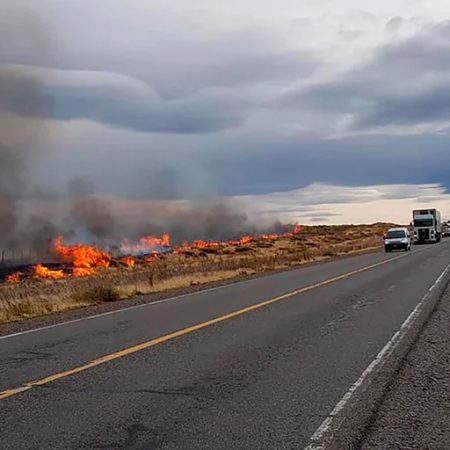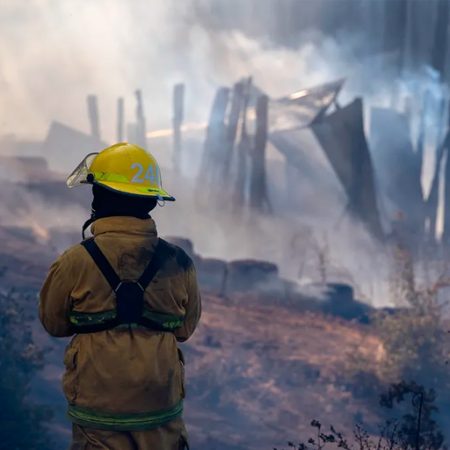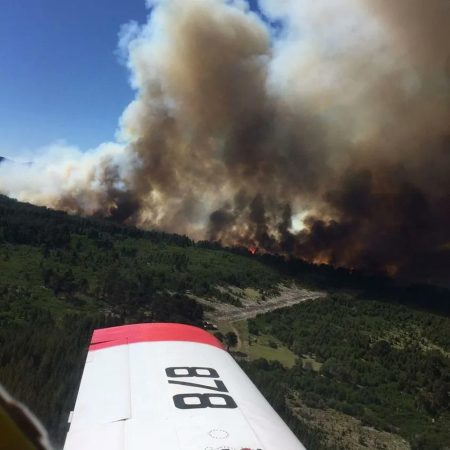FIRE
THE PATAGONIAN ANDEAN FOREST EXTENDS 2,200 KILOMETRES ALONG THE ANDES MOUNTAIN RANGE. DUE TO THE GEOGRAPHY AND CLIMATE OF THE REGION WATER IS SCARCE, ESEPCIALLY DURING THE SUMMER MONTHS. IN RECENT YEARS, AS A CONSEQUENCE OF CLIMATE CHANGE, THE NUMBER OF FOREST FIRES HAS INCREASED DRAMATICALLY.
Reports from the Fundación Ambiente y Recursos Naturales (FARN) indicate that during 2020 1,106,621 hectares were burnt in Argentina, 0.29% of the total surface area of the country.
During the summer of 2021 in the Andean Border region alone, seven neighbourhoods in the provinces of Río Negro and Chubut lost 15,000 hectares of forest and more than 250 houses to wildfires. At the same time, the offical fire fighting budget for the area was, in real terms, 42.9% less than the previous year (source: Chequeado.com). Between January and March of 2022 fires in Corrientes hit the headlines, eventually consuming more than a million hectares of forest, equivalent to 12% of the entire province.
Although Patagonia doesn't seem to be affected to this extent, the reality is that more than 85,000 hectares of forest have been lost in fires in Neuqué, Río Negro and Chubut.
The scarcity of snowfalls in the winter of 2021 raised the risk level for firest fires in the mountainous areas of Neuquén to very high before and after the summer season, according to the Dirección de Protección Civil de San Martín de los Andes. Here at the Fundació, we are developing solutions for the prevention and early detection of fires. Taking into account that 95% of fires are caused by human intervention (according to international data), the importance of a systematic system of detection and prevention is clear to see.






OUR CONTRIBUTION TO THE PREVENTION OF FOREST FIRES.
For that reason, the Fundación has focused its efforts to:

